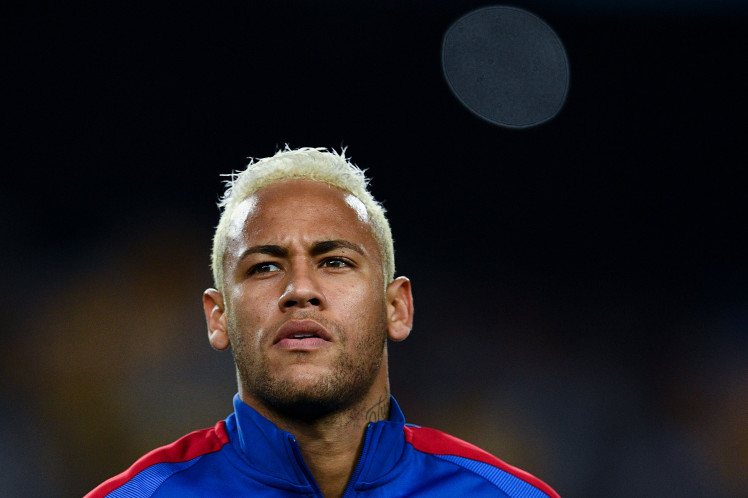The Mind of Conte: How a free-role Fabregas disrupted United’s backline
Thanks to the much needed win against United, the Blues sparked positive expectations last week before heading off to the international break.
Kante is back
The key element which led to series of favorable outcomes for the home team, from dominating at the wings to creating important chances, was the presence of N’Golo Kante who has been missing in the last couple of mixtures owing to his injury.
The midfielder resumed his box to box role while maintaining midfield solidity and control at its best.
Fabregas’ free-role
With Kante back to anchor the midfield, Fabregas was assigned the more attack-minded role in the advance position. Not only this, he was free to come back and defend when needed forming a 3-man midfield.
He was free to roam at the back and find pockets of spaces to dictate play from deeper areas, which stretched United’s defence and often irritated their pressers at their backline as they had to drag out of their positions.
With Fabregas moving to back, Bakayoko got plenty of chances to move up dragging United’s midfielders out of position as well.
Morata and Hazard also started coming back and as they were pressed tightly throughout the game even when they had to come back, this also contributed to stretching out United’s compactness.
This whole forward and backward movement of Chelsea’s midfielders and front line respectively kept United’s defence stretched out most of the time due to which their game rarely came into a shape, not in the first half at least.
Fabregas and Morata’s attacking partnership
Another favorable outcome of assigning an attacking role to Fabregas is his very promising partnership with Morata.
This has already been witnessed in their away Premier League fixture against Leicester in early September which kept the Foxes on their toes.
Chelsea won the wingbacks encounter
Chelsea demonstrated a good shot of tactical aptitude by using their wingbacks to advance up the pitch. The wingbacks stayed high up the pitch throughout the game assuming the role of attacking wingers along with being wingbacks.
United also used wingbacks to advance up the pitch and divert the play from Chelsea-dominated midfield towards the wider areas but they ended up either being double teamed or being dragged by Chelsea’s wingbacks.
This dragging off out of their positions provided space to Chelsea’s forwards or advancing center backs to move up with the ball.
United unable to link up to the final third
United did manage to be in control using diamond at the wings at least for some time and kept trying first to lead and then to equalize the lead – not to forget the chance wasted by Rashford which could have shaken the score line.
But Chelsea were able to counter most of the wingback and midfield battles due to the spreading of their key players Hazard, Morata, and Fabregas – the main United targets - throughout the pitch
Due to such a well-organized dynamic positional occupation of these players, with Bakayoko and Azpilicueta also finding their way upward, United were mostly unable to link up to the final third as their forwards kept getting isolated due to slogging out of their positions.
United were forced to sit back instead of aggressively pressing, providing Chelsea pockets of space to keep exploiting.
Written by Farkhanda Jabeen
Like O-Posts on Facebook
You can also follow O-Posts on Twitter @OPosts


0 comments